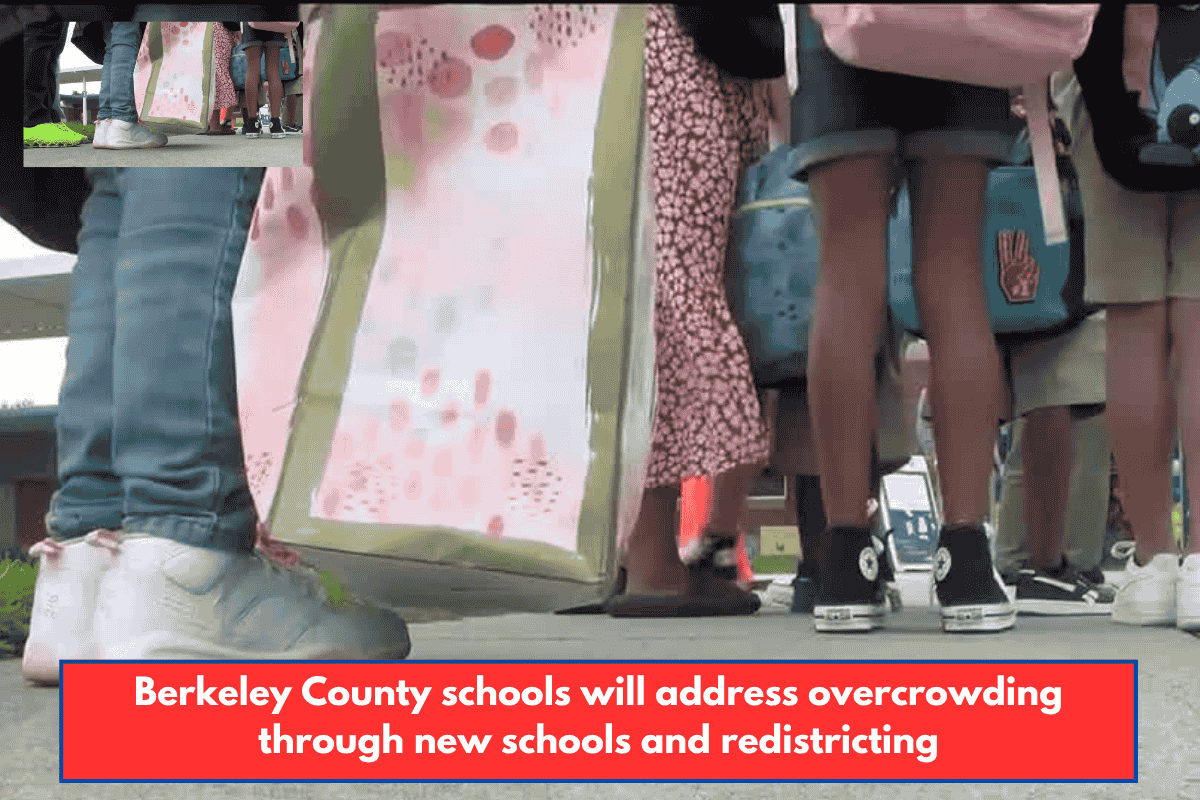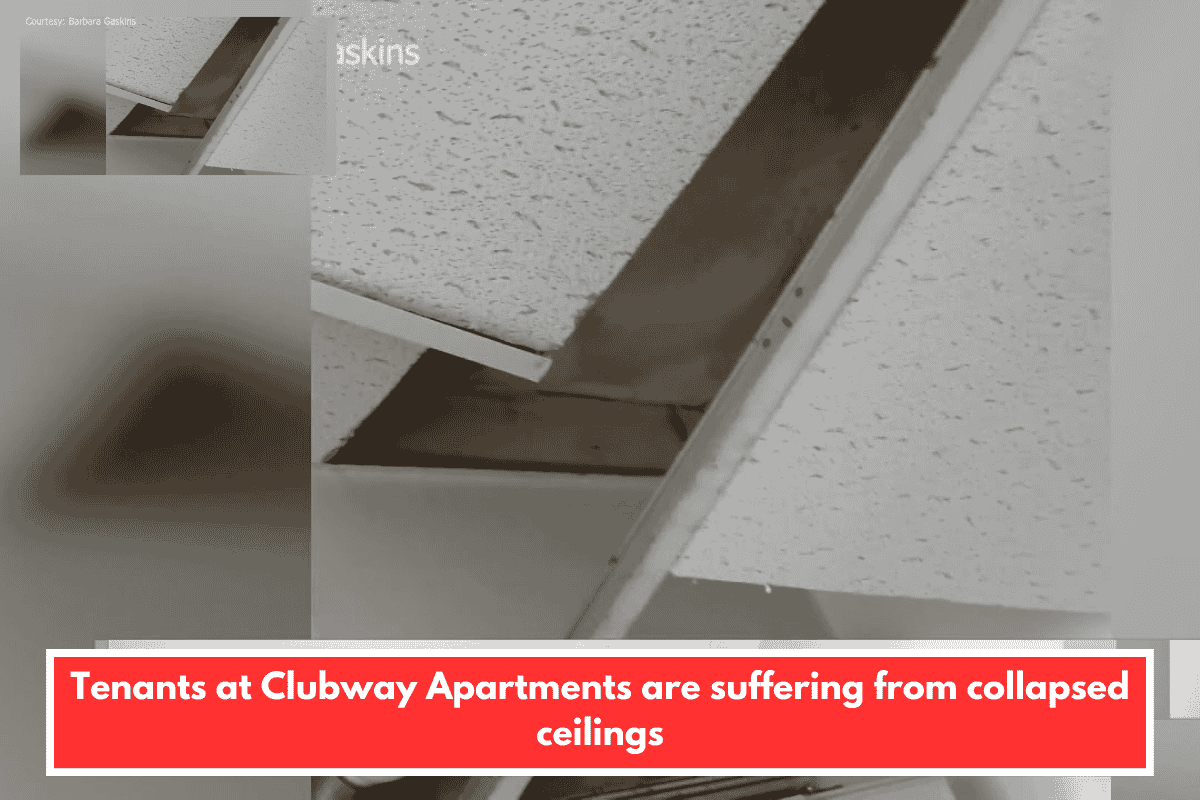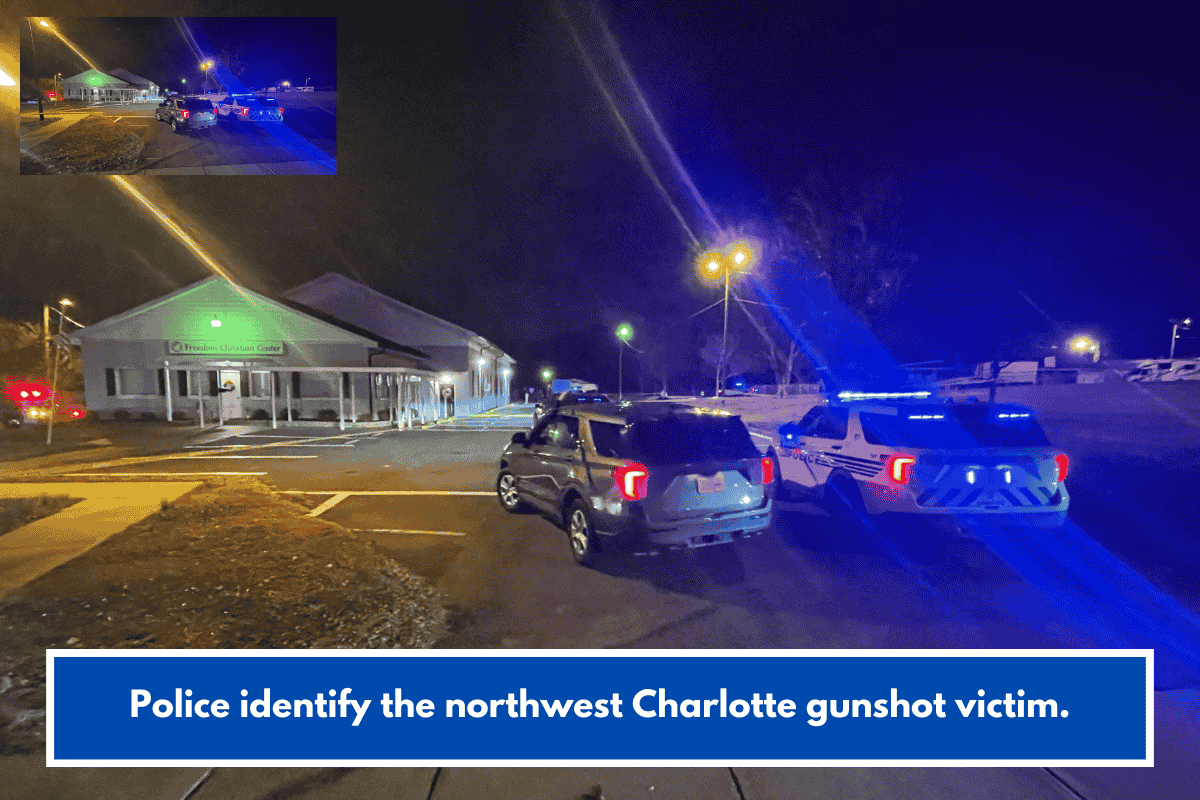Berkeley County (South Carolina) – On Monday night, the Berkeley County School District presented the first draft of proposed school lines for the following school year during a Board of Education meeting.
They declared that the current school attendance zones will most likely change for next year due to new school openings and current student overcrowding. In terms of attendance area, more than ten schools may be affected during the 2026-2027 school year.
Foxbank Elementary School accounts for the majority of the district’s overcrowding. Officials believe that dispersing primary pupils among multiple schools, including new ones, is vital.
Michael Miller, who assists the Berkeley County School District with population forecasting and redistricting, reports that the county has grown by around 400 students every year for the past six or seven years.
“It’s a very strong growth in the future with the developments that we’re seeing in areas of the county,” according to Miller.
However, the proposed attendance areas have not to be authorized by the Board of Education, and all are subject to review and revision.
Potentially affected schools include:
Berkeley Elementary School
Boulder Bluff Elementary School
Cane Bay Elementary School
Carolyn Lewis Elementary and College Park Elementary Schools
Foxbank and Moncks Corner Elementary Schools
Sangaree Elementary School
Whitesville Elementary School
Berkeley Middle School
Cane Bay Middle School
Carolyn Lewis School & College Park Middle School
Sangaree Middle School
Autoplay: 1 of 2.
The Berkeley County School District suggested the following attendance lines for the 2026-2027 school year…
The Berkeley County School District suggested these attendance guidelines for the 2026-2027 academic year. Berkeley County School District
Some board members expressed concern about relocating children to other elementary and middle schools, which would result in them attending high school without the students with whom they had spent their whole lives.
“It’s great to work with a board that’s active and engaged,” Miller told reporters. “We take the comments and the questions to heart, as well as the community comments to heart, and then we look at revisions to the model.”
They also offered updates on many current school projects funded by the penny tax, such as Midtown Middle School, Bee Tree Elementary School, and the remodeling of Hanahan Middle School. The new schools are expected to open to pupils in August 2026.
Bee Tree Elementary offers relief for Cane Bay Elementary, Carolyn Lewis School, Newton Elementary, and Whitesville Elementary. Midtown Middle School provides support for Berkeley Middle School and Cane Bay Middle School.
“Every board that we have has a difficult time with attendance lines because of the personal impact, and we want people to have that investment in their schools, and then this is when it’s tough because you’ve become very invested and very connected,” says Katie Tanner, Berkeley County School District’s chief strategy and engagement officer. “But we are at a point where we have to look at the actual capacity, the actual square footage, and making sure that every single one of our students has the room to learn.”
Earlier this school year, the district proposed a $118 million capital budget to help support a new school in the future. Other big projects include the additions to Berkeley High and Goose Creek High Schools, the U.S. Highway 52 Corridor School, and the Cane Bay High School addition. No high school lines were impacted.
Berkeley County’s population has grown rapidly, with analysts anticipating that it will reach over 400,000 by 2040. According to school district authorities, population expansion is also reflected in the schools, as several of them have movable units to accommodate additional students.
Officials estimate the project will last a year due to the district’s expansion.
The next steps will take place throughout October, as attendance lines must be approved by the board by December before the start of the school year. The community can anticipate a community participation process, a second draft presentation to the board, and board action in the following months.














